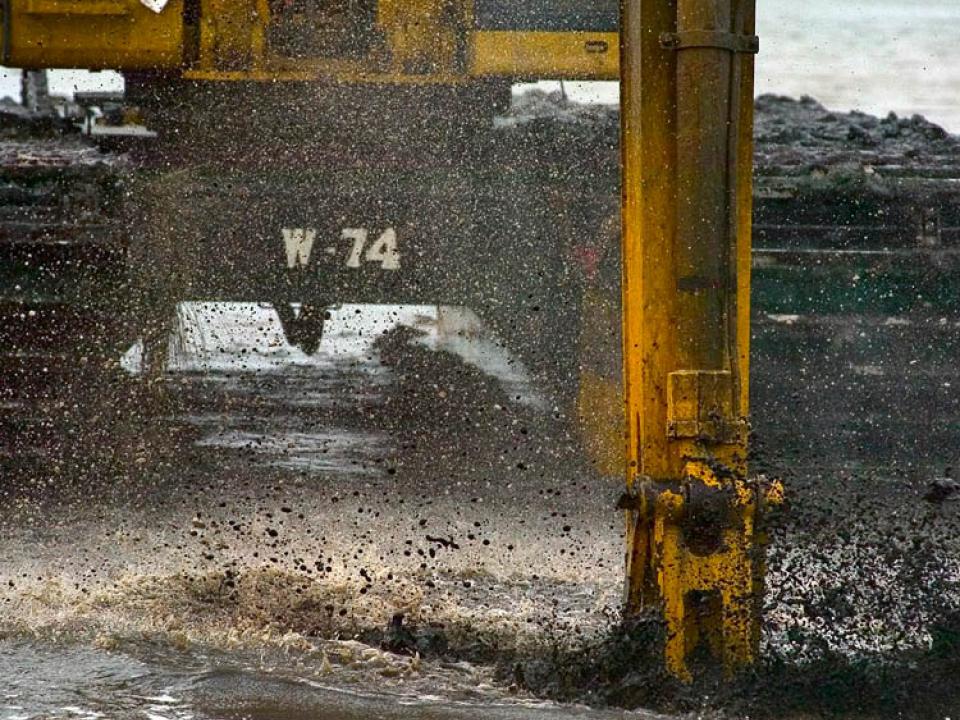
Restoration for the Deepwater Horizon Oil Spill
The Trustees began restoration plan scoping for the Deepwater Horizon oil spill in early 2011. Restoration planning and the effort to identify the scope of issues that could be addressed are key steps in the ongoing Natural Resource Damage Assessment for the spill.
Getting A Jump Start on Restoration
A $1 billion agreement with BP in April 2011 allowed for restoration to begin before the damage assessment and restoration planning were complete. This agreement represents an initial step toward BP fulfilling its obligation to fund the restoration of natural resources injured by the spill. BP will receive credit for each project selected as an offset to their total liability.
We conducted three emergency restoration projects (PDF, 1 page) in 2010. Ten early restoration projects were then implemented during Phase I (PDF, 244 pages) and Phase II (PDF, 153 pages). Read more about these projects, including early restoration plans and project fact sheets.
The final Phase III plan for early restoration was released in June 2014. It includes a Programmatic Environmental Impact Statement, or PEIS. The PEIS takes a comprehensive look at the types of restoration that may be required to offset impacts from the spill during this phase.
You can find projects near you and learn more about the planning for all phases of early restoration.
Public input has played an important role in the development of early restoration planning, and will continue to help shape future early restoration projects. While early restoration is underway, the long-term injury assessment continues.
Types of possible early restoration projects include:
- Creating and improving wetlands;
- Protecting shorelines and reducing erosion;
- Restoring barrier islands and beaches;
- Restoring and protecting submerged aquatic vegetation;
- Conserving habitat;
- Restoring and protecting birds, sea turtles, finfish, oysters, and shellfish;
- Enhancing public access to natural resources for recreational use and enhancing recreational experiences; and
- Promote environmental and cultural stewardship, education, and outreach
We continue to accept proposals for restoration projects.

